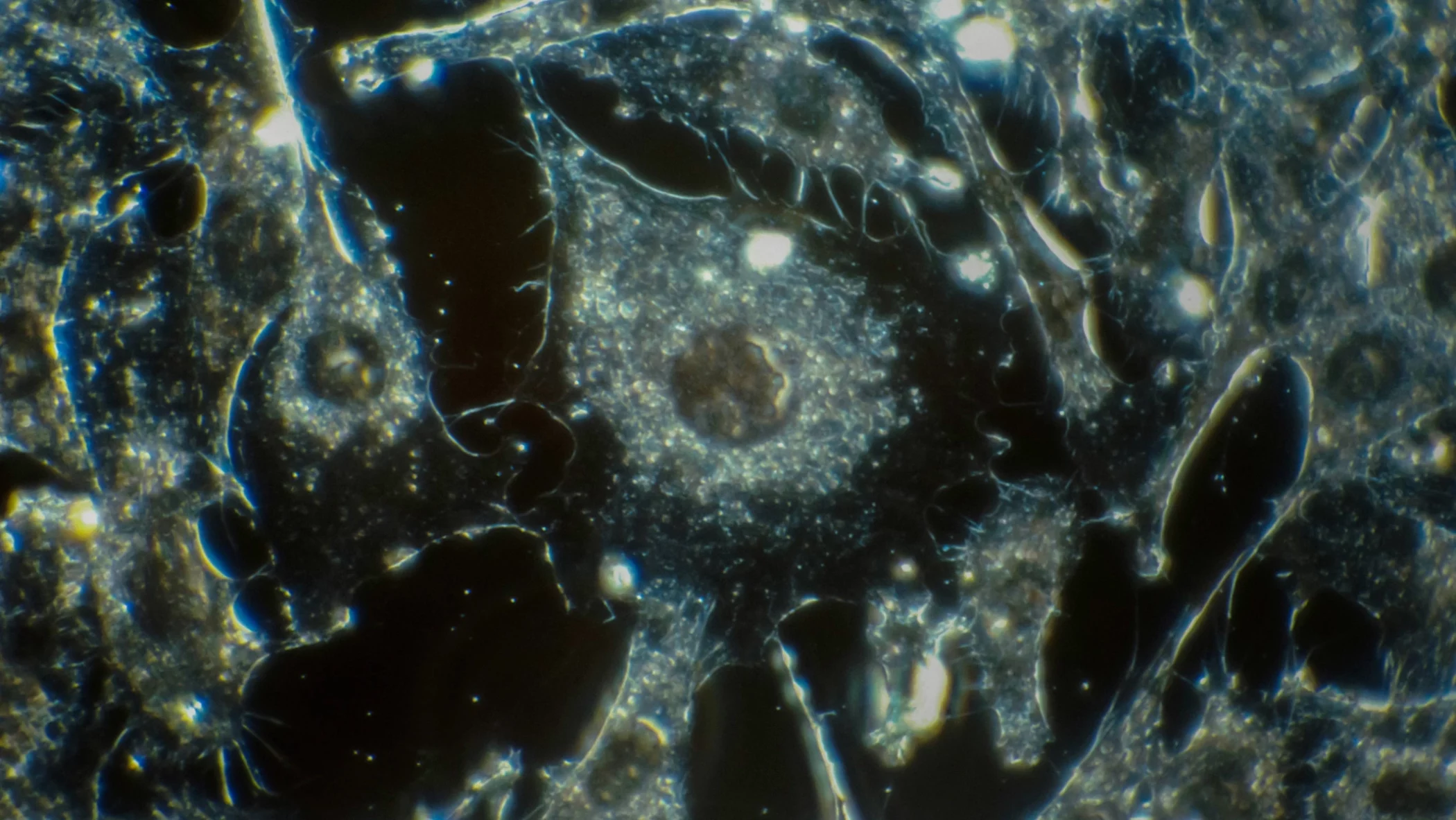Cambridge Epigenetix, based on the research of Professor Shankar Balasubramanian and Michael Booth from the Department of Chemistry, has launched its TrueMethylTM kits, which are available via its website.
TrueMethyl™ brings unprecedented clarity to the analysis of DNA by providing quantitative, accurate and repeatable single-base resolution sequencing of the modified bases hydroxymethylcytosine (5-hmC) and methylcytosine (5-mC), which are thought to play a role in gene expression, for the first time. Early studies indicate that these modifications may have distinct and important physiological functions.
Employing chemical oxidation gives very high conversion efficiencies and minimises sequence context effects, giving results of unparalleled quality.
Professor Wolf Reik
Traditional bisulfite sequencing cannot discriminate between 5-hmC and 5-mC. Recent studies have shown that at some sites in the genome the level of 5-hmC can be comparable to the level of 5-mC, emphasizing the importance of identifying these variants accurately. The high quality and easy to use TrueMethyl™ kits utilise innovative oxidative bisulfite sequencing (oxBS-Seq), invented by Professor Balasubramanian and Mr Booth.
TrueMethyl™ kits can be used with a variety of common platforms including next generation sequencing systems, methylation arrays, and targeted assays. Trials of the kits conducted at leading research centres around the world have already begun to yield new insights into genome function and highlighted the advantages of TrueMethyl™ relative to traditional approaches.
Professor Wolf Reik, group leader at the The Babraham Institute and the senior author of the recently published Cell Stem Cell paper which is the first published study using TrueMethyl™ said, “Employing chemical oxidation gives very high conversion efficiencies and minimises sequence context effects, giving results of unparalleled quality. Consequently, this pioneering analytical method opens new avenues for basic research, pharmaceutical discovery and diagnostics technology was pivotal in enabling us to accurately profile 5-hmC and 5-mC during demethylation of DNA.”
Photo credit: Gene expression in normal and cancer cells by Wellcome Images via Flickr











